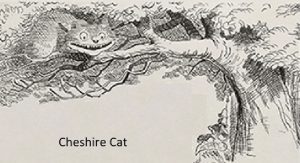“He who meditates upon each of the totality of aspects of the Self does not know. The Self alone is to be meditated upon, for all these are unified in It. Of all these, this Self alone should be realized “– 1.4.7, BU
Shankara has written one of his longest of commentaries on the mantra at 1.4.7, brihadAraNyaka Upanishad. He presents therein a very lucid, comprehensive and highly instructive account of the entire spectrum of Advaita teaching — right from the origination of the manifest manifold to its sublation and attainment of liberation. I feel that it is a “must-study” for all earnest seekers. I recapitulate below a few of the Gems that I could glean from his bhAshya.
1. All Vedic means consist of meditation and rites. They are co-extensive with this manifested, relative universe. They depend on several factors such as the agent. They culminate in identity with Hiranyagarbha. It’s a result achieved through effort. Continue reading



